Anandpur Sahib in Punjab was founded in 1665 and is a holy city for the Sikh community. A couple of weeks ago, during my trip to the state, I made a one-day stop at this sacred destination, in between my stays in the cities of Chandigarh and Ludhiana. Here’s everything I did and all the information you need to plan an easy, stress-free trip.
How to get to Anandpur Sahib
Located about 100 km from Chandigarh, the town is nestled between the Sutlej River on one side and the Shivalik Hills on the other. While you can drive yourself there with ease, there are buses available from Delhi and Chandigarh, too. You will need to cross this city to head up to Manali and other areas in Himachal Pradesh.
Why visit Anandpur Sahib?
If you aren’t a part of the Sikh community, you can be forgiven for not knowing much about Anandpur Sahib. I’ll admit, I didn’t even know the place existed until last month when I began charting my travel route through Punjab. Amritsar is well-known as being the holy place (also called takht or seat of authority) of the Sikhs, but Anandpur Sahib also holds a very special place in the history of the religion and is the second takht. In fact, Sikhism has 5 takhts. I’ve now visited two and three more remain (Bathinda in Punjab, Nanded in Maharashtra, and Patna in Bihar)
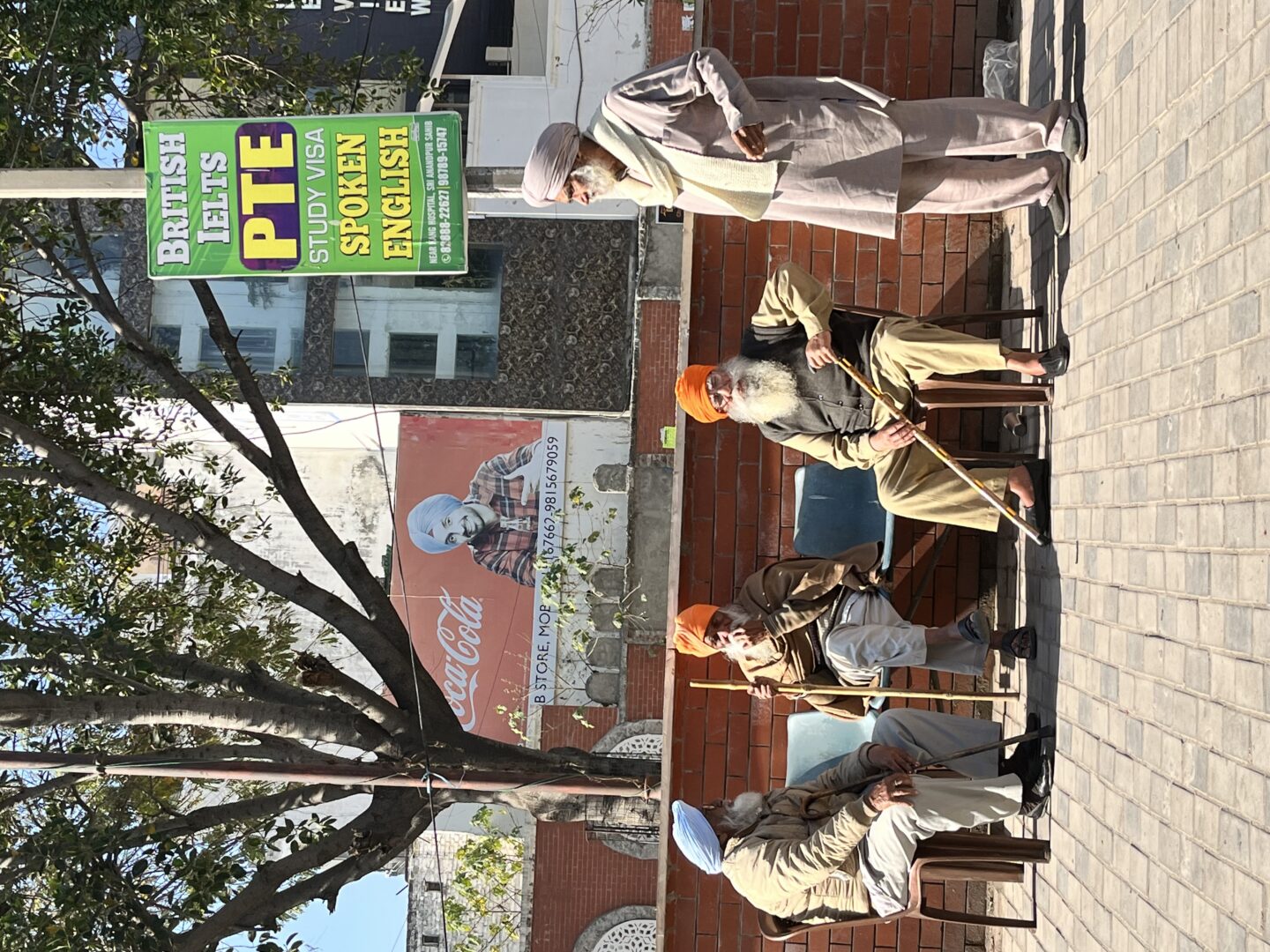
It was here that Guru Gobind Singh, the 10th Sikh guru spent 25 years of his life and founded the Khalsa Pant. The khalsa or the panj pyare (five beloved ones) was formed in response to the injustice and oppression they faced as well as Mughal invasions. It was then responsible for all executive, military, and civil authorities in the Sikh community. The army, also called Nihangs, has been at the heart of the khalsa ever since. It is at the Gurudwara Takht Keshgarh Sahib, the most famous gurudwara here, that the weapons of the guru are displayed every evening
Where to stay in Anandpur Sahib
There are several hotels available, mostly in the 2 to 3-star category. I usually book my stay after visiting a place and checking out the room for myself, and I was very pleased with the rooms at Temple View Inn at Anandpur Sahib. My room was far beyond what I expected. Beautifully done up, well-maintained, spotlessly clean, and extremely comfortable and I chose their most prized room – one with a large window overlooking the gurudwara Akal Banga Sahib outside. I paid Rs. 2,500 for a night, which included breakfast. I also ordered dinner and was very happy with the quality of the food served. The service was wonderful too and I’d highly recommend the hotel. From here, the monument of interest, Kesgarh Sahib Gurudwara was a few minutes walk away.
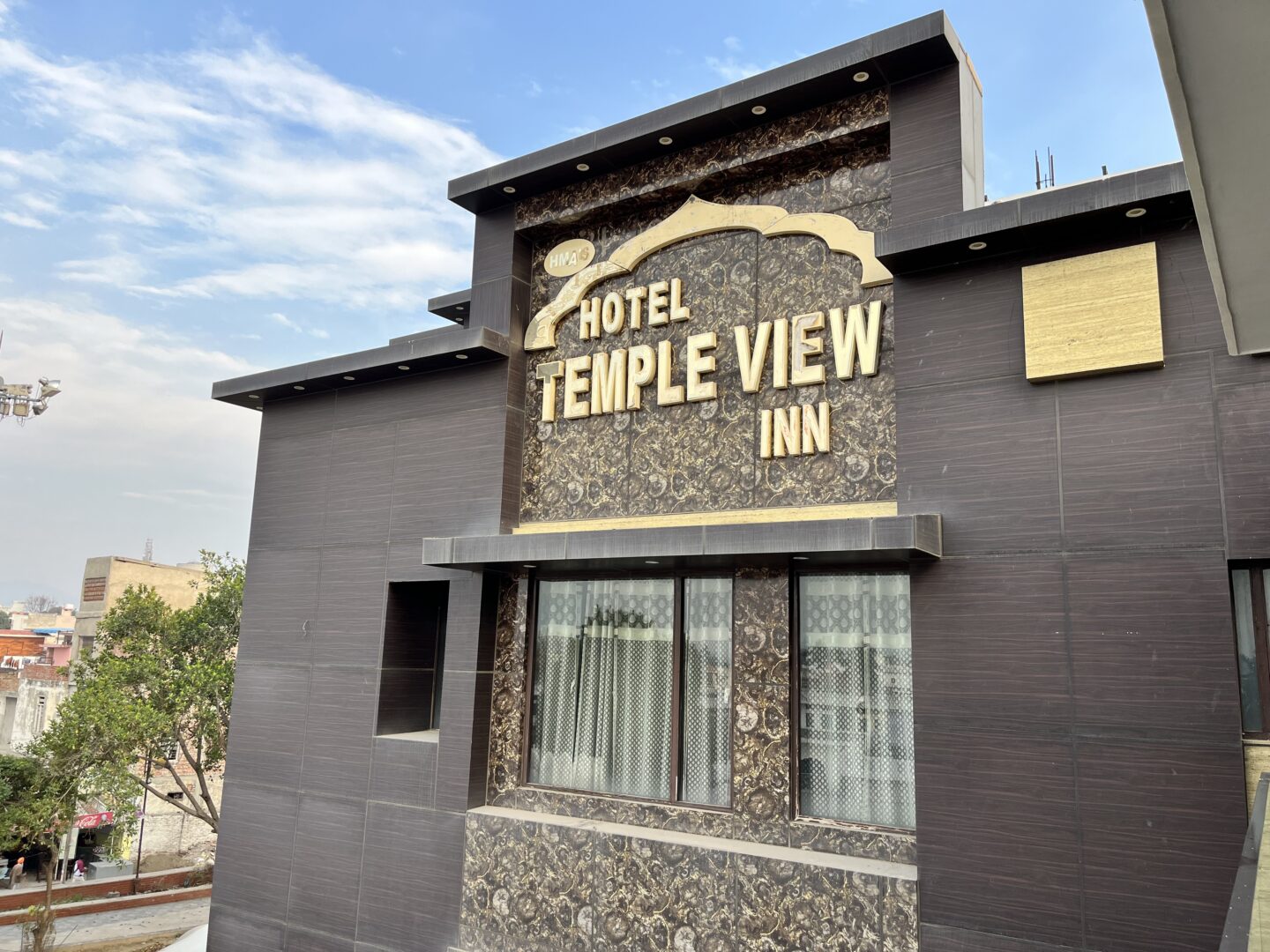
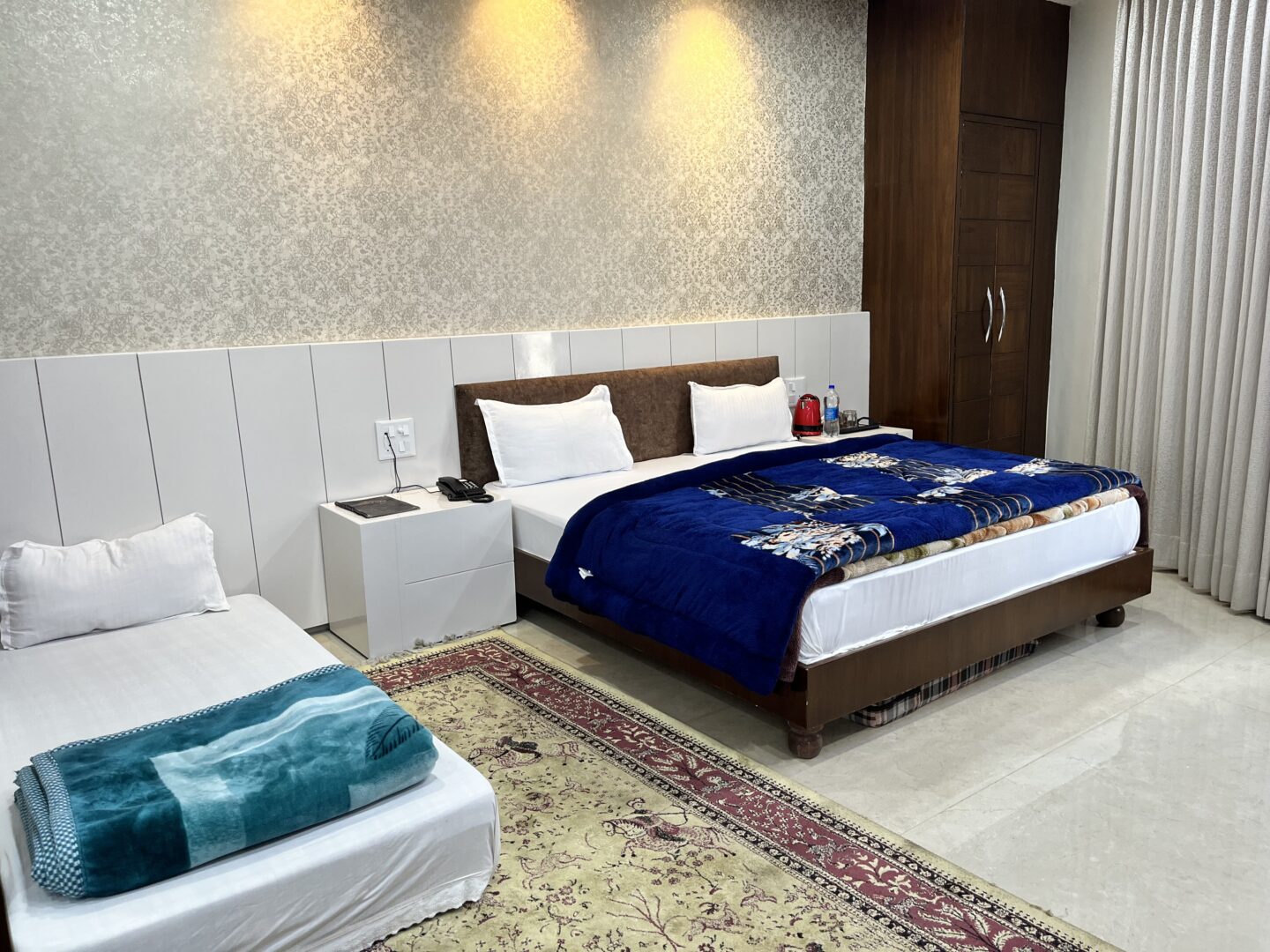
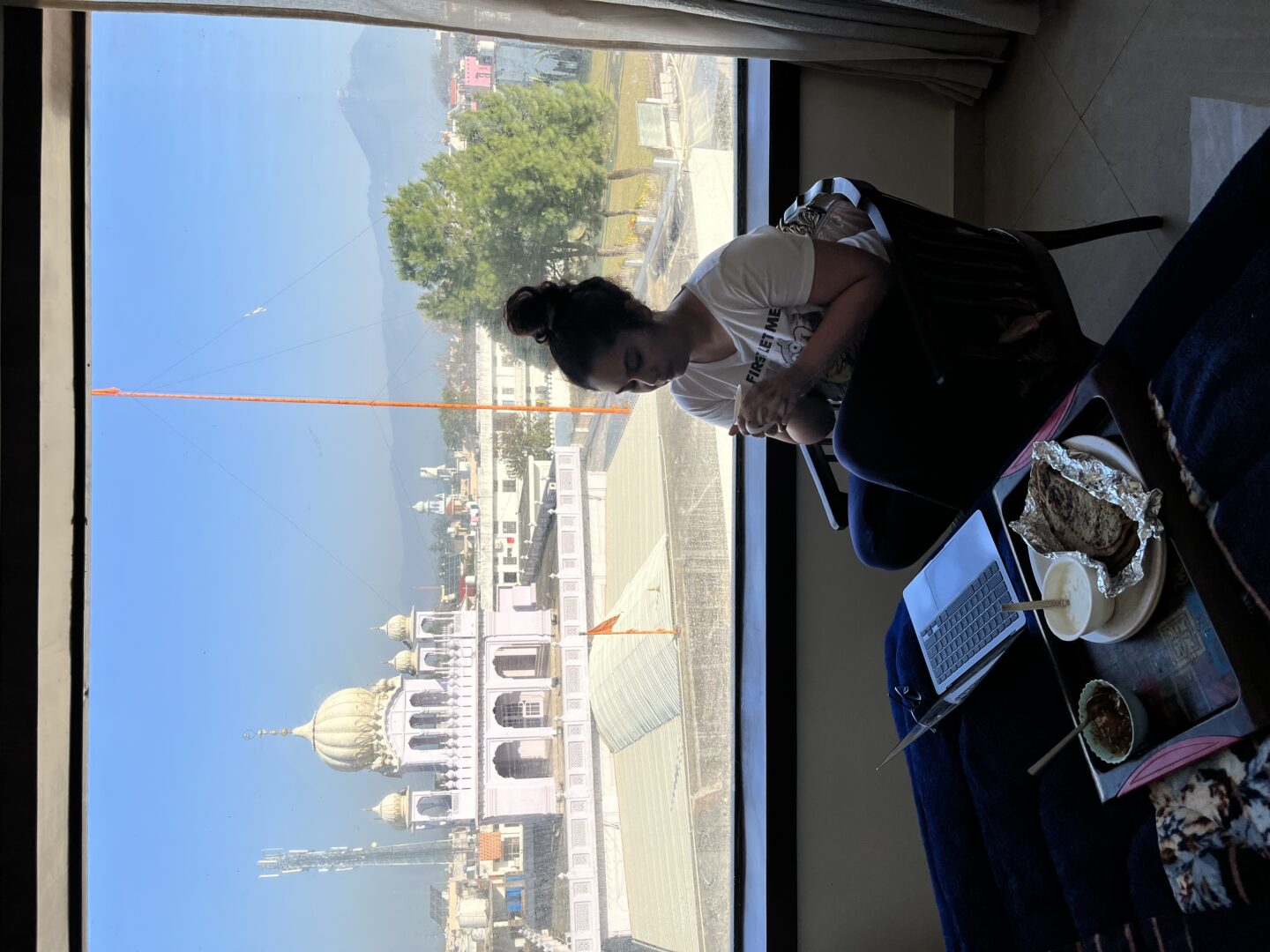
Things to do in Anandpur Sahib?
Visit the Takht Keshgarh Sahib Gurudwara – As I mentioned earlier, this gurudwara is the place where the Khalsa was founded. Its extremely serene and beautiful atmosphere makes it hard to visualize the violence that took place in the 16th and 17th centuries by Mughal invaders that eventually brought about the birth of the Khalsa or the military force. It was the beheading of the 9th Guru, Tegh Bahadur that saw his son, the 10th and last guru, Govind Rai initiate the Khalsa. In his words, “When all other means have failed, it is permissible to draw the sword.”
If time permits, stay on to experience ‘langar,’ or a meal in the community kitchen.
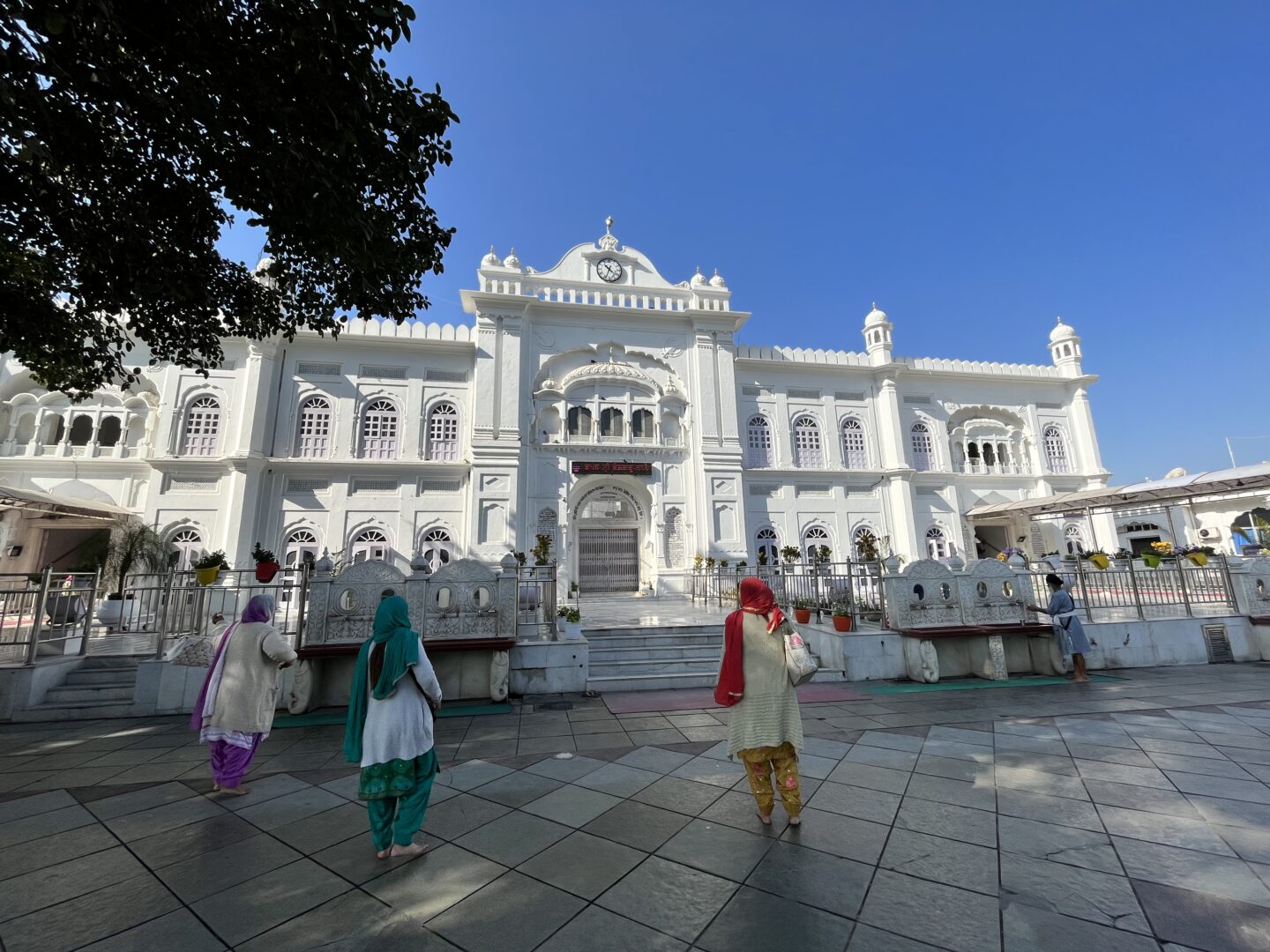
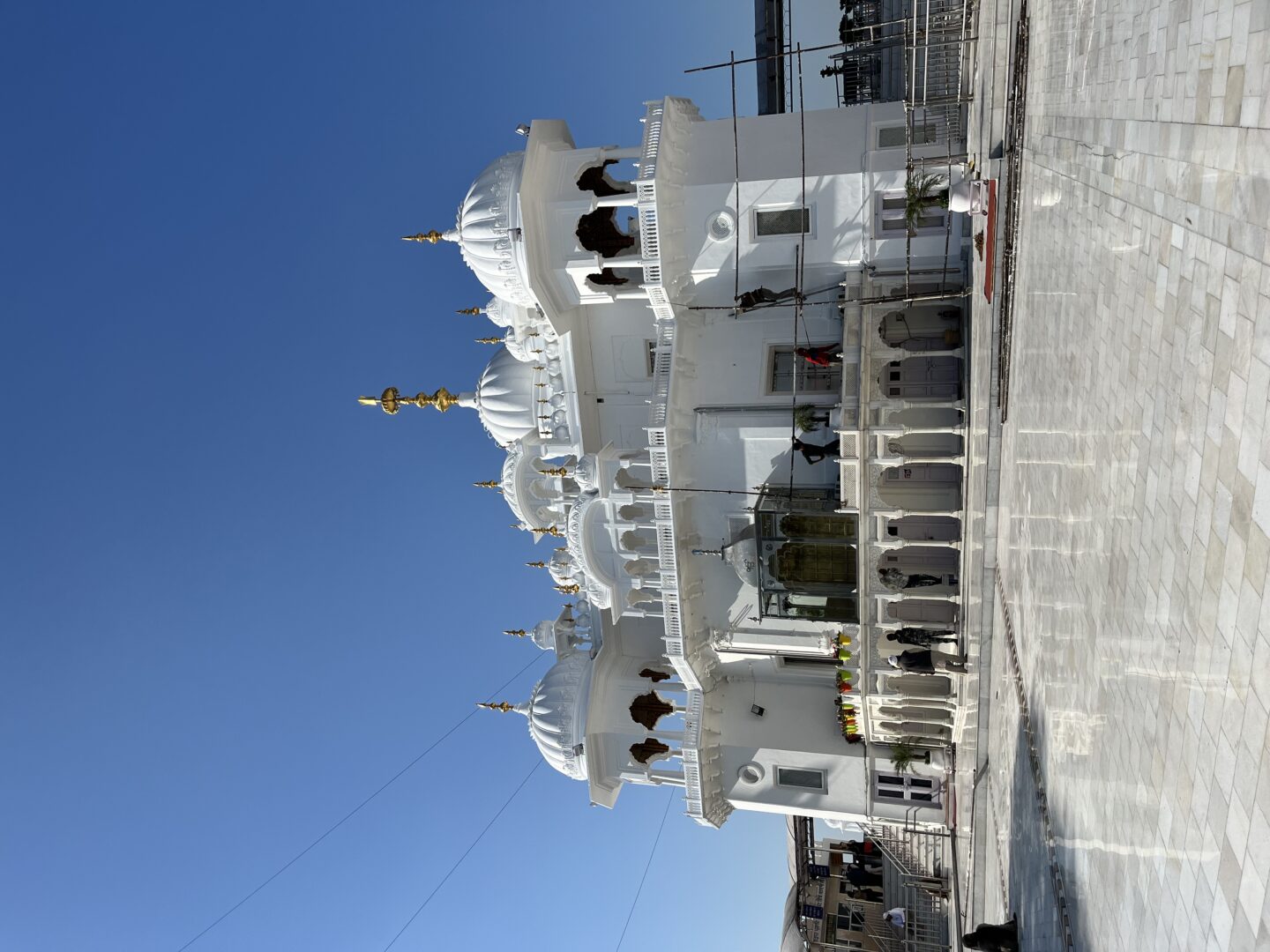
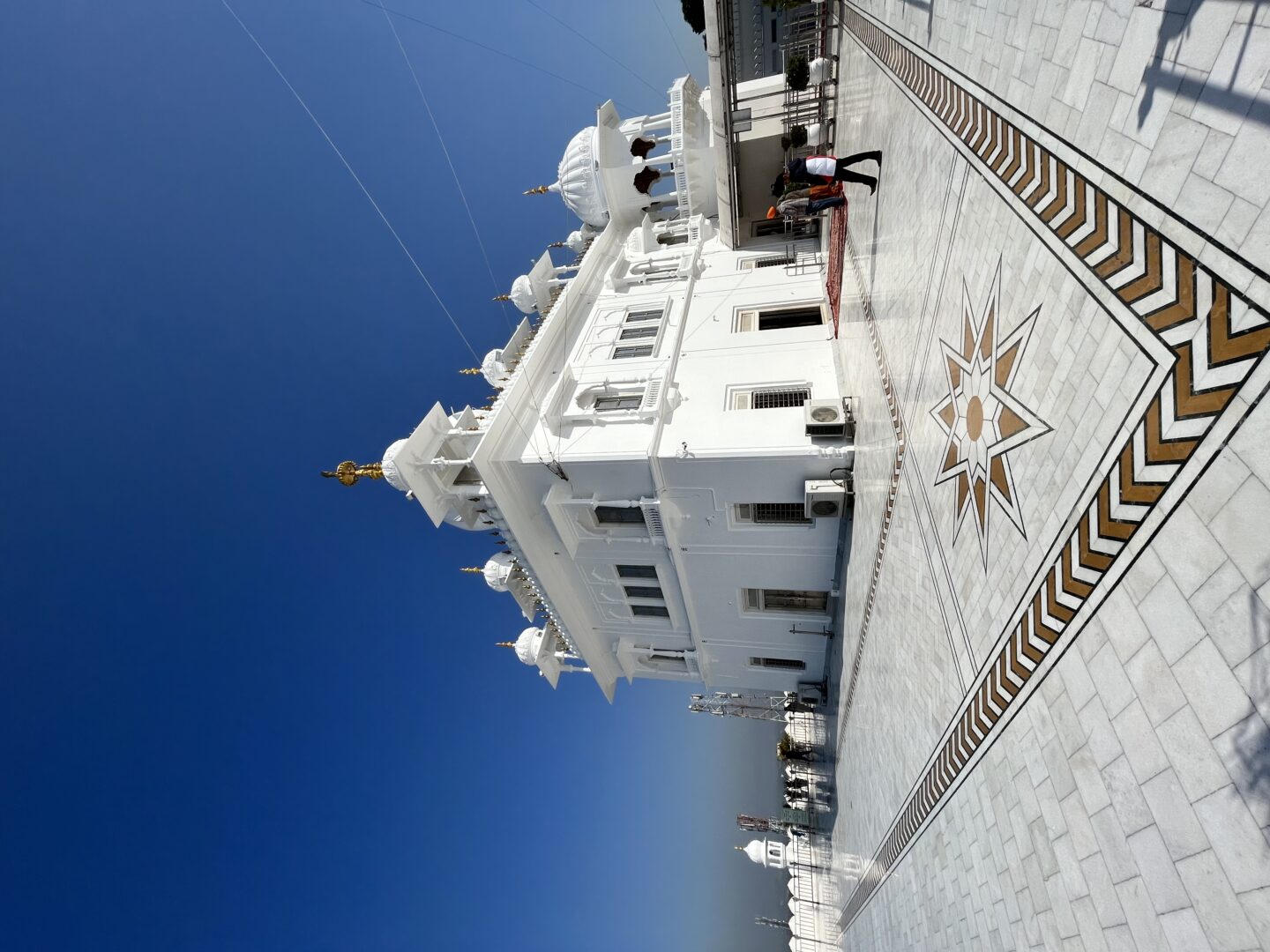
Visit Gurudwaras – There are 8-10 gurudwaras to visit apart from the most famous Sri Kesgarh Sahib. Each of these is connected in some way with the history of the religion and the lives of the 9th and 10th gurus. These include, but are not limited to:
- Gurudwara Sis Ganj Sahib
- Gurudwara Guru ke Mehal (Bhora Sahib)
- Gurudwara Baoli Sahib
- Gurudwara Qila Fatehgarh Sahib
- Gurudwara Pariwar Vichoda Sahib
- Gurudwara Patalpuri Sahib
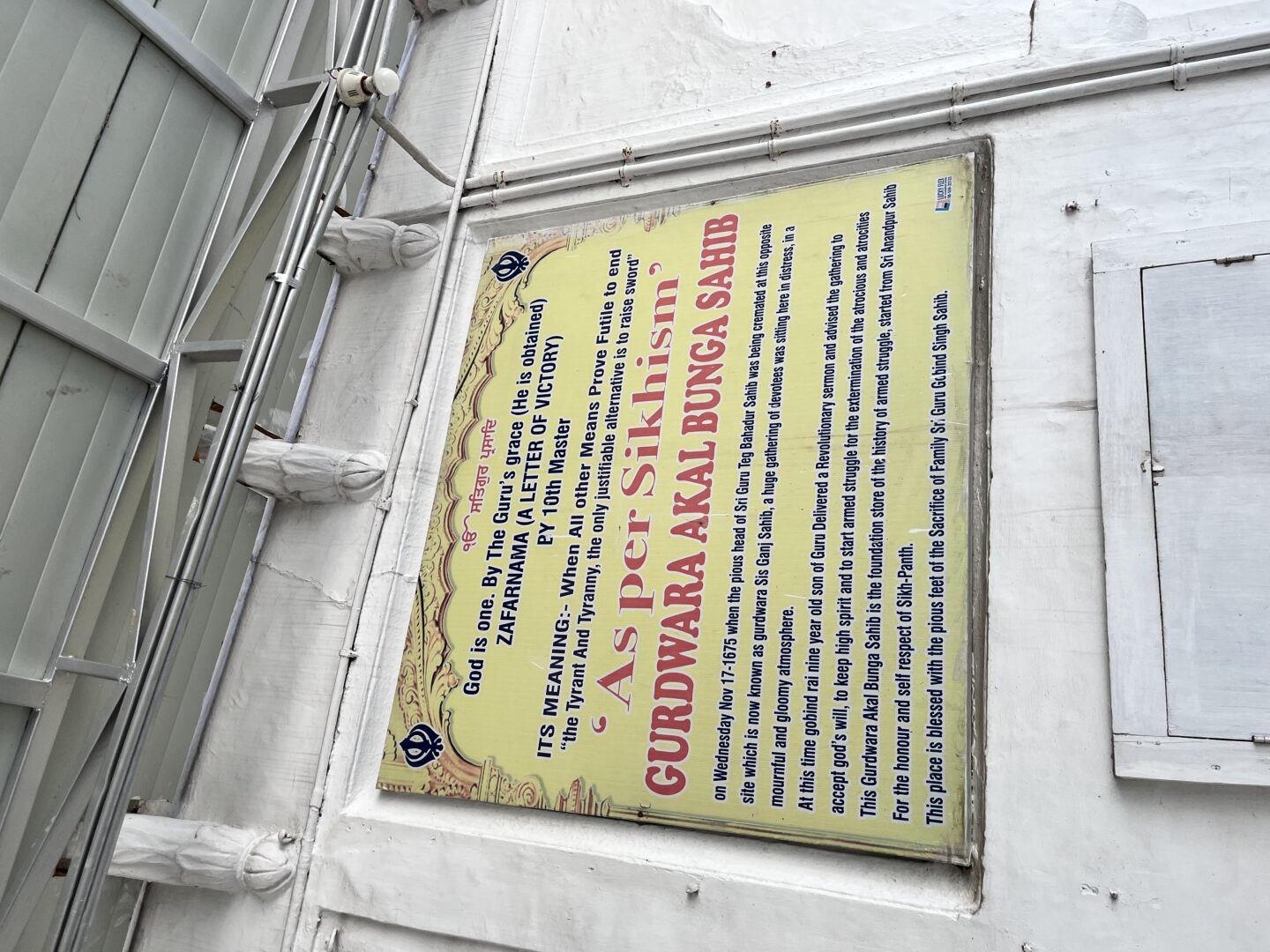
Shop – Spend an evening walking around the local market. Here you will find items from apparel to footwear and books to toys, grocery items to essentials, and much more. There is nothing significantly different about this market as compared to any other local market, except that you will be able to find plenty of books on Sikhism easily available. I bought a pair of gorgeous juttis (Punjabi footwear) at only Rs. 300. Since the market is not a ‘commercial, touristy’ one, prices are extremely affordable and you will not need to bargain at all.

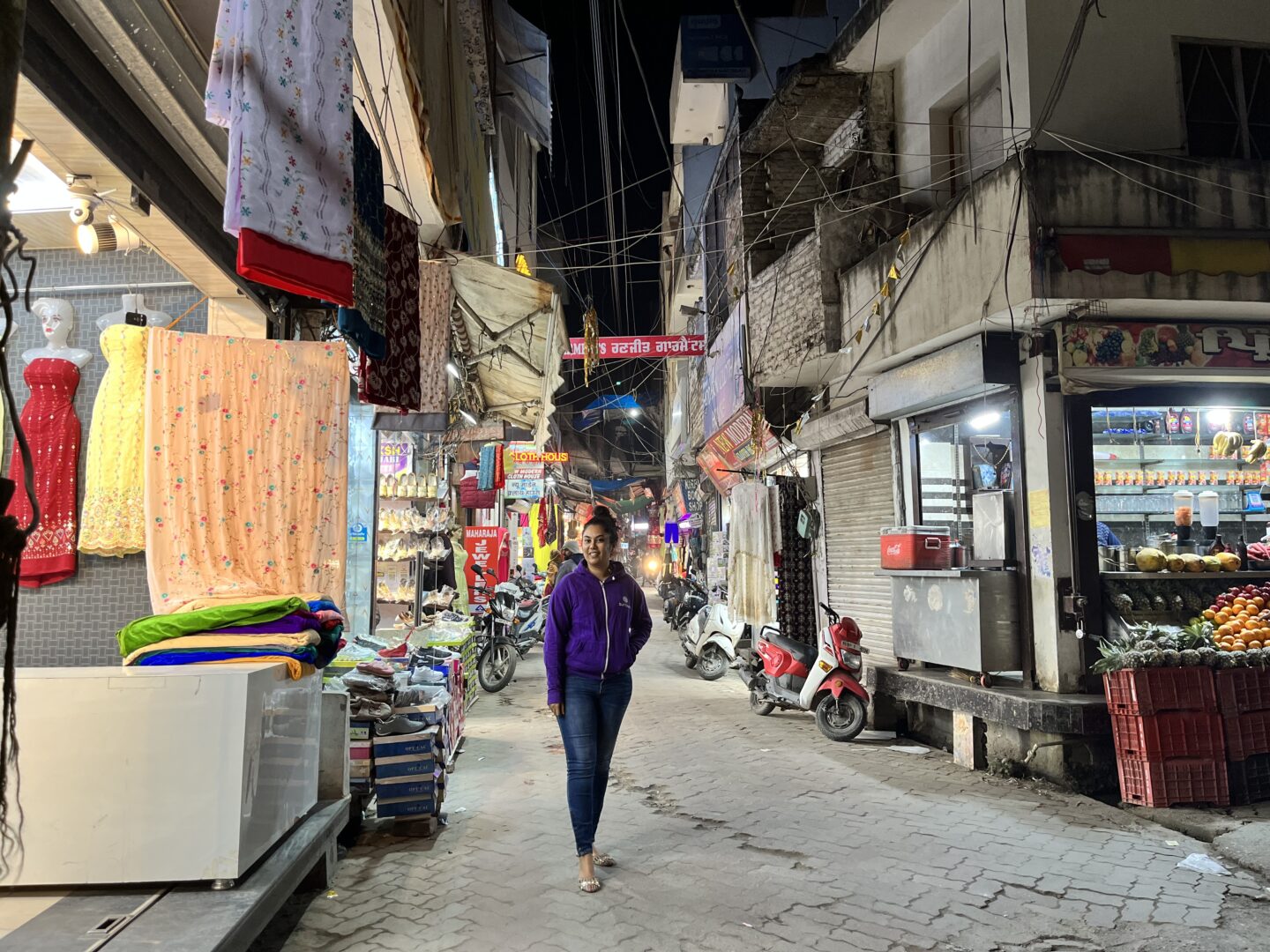
Stop at Virasat – e – Khalsa Museum – History/culture-lover or not, I would highly recommend spending a couple of hours at the Virasat-e-Khalsa museum. If you are travelling with kids, you absolutely must take them along, too. This beautiful museum is one of the most immersive, engaging ones I have ever been to and can far surpass even the museums in Canada. Every section is thoughtfully designed in a way that captures your attention and holds it until you reach the next section. It is a brilliant way to immerse yourself in the history of Sikhism without being overwhelmed with a dump of information. Unfortunately, photos are not allowed inside. Entry is free, however, you have to give in your phone number, get an OTP (which can take a couple of minutes) and once you verify your phone number, you will be given an entry slip.
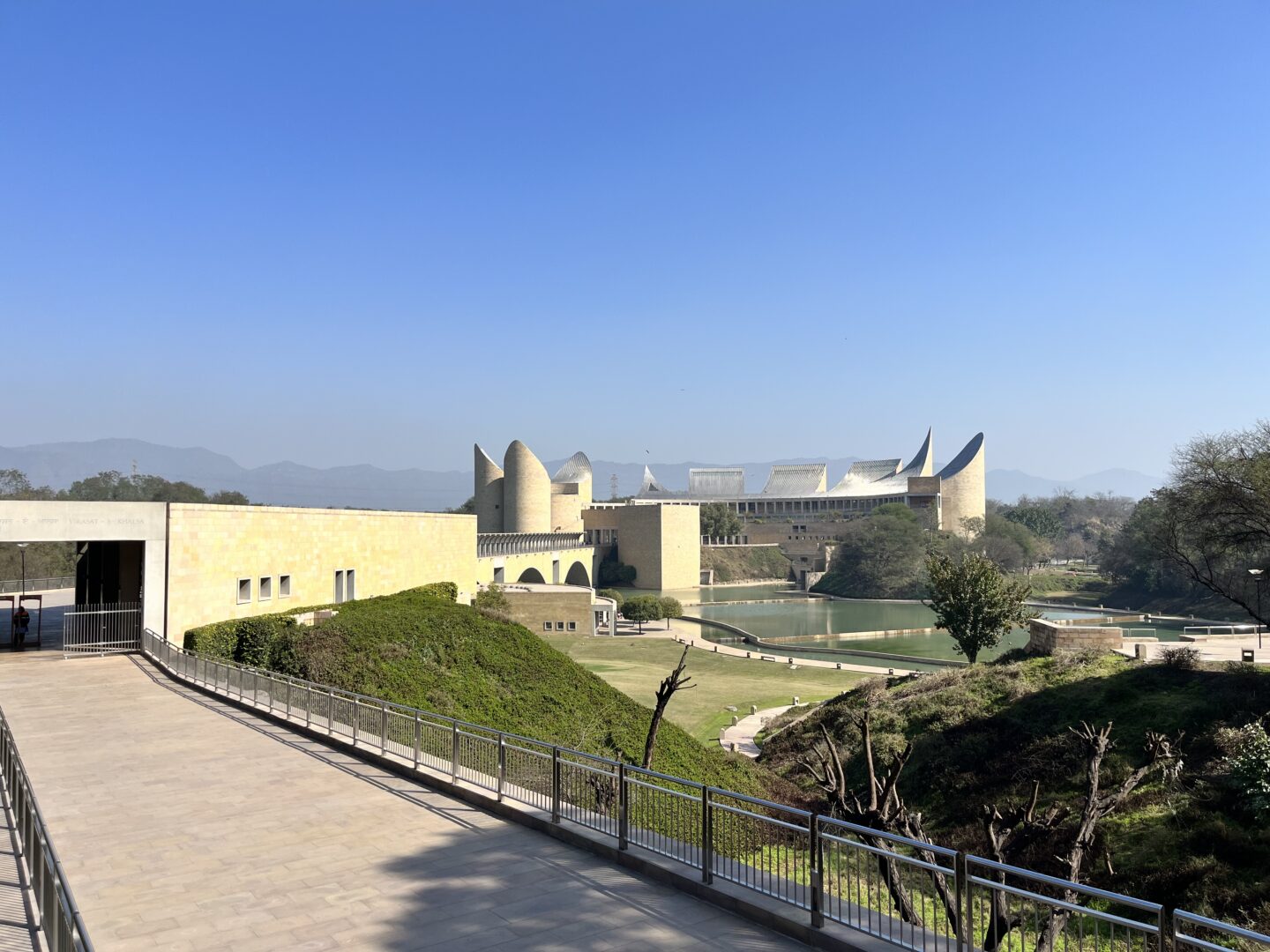
Where to eat in Anandpur Sahib?
There are barely any restaurants in Anandpur Sahib. You will find snacky items such as chaat, samosas, and mithai in the marketplace. But other than that, walk into one of the very few restaurants in the area or do what I did and order room service at your hotel.
The one and only restaurant I tried (and it was extremely memorable, too!) was Brew Bakes, a few meters down the road from the Virasat-e-Khalsa museum. It is a veg restaurant serving extremely filling sandwiches, pizza, and other healthy-ish fast food along with some great coffee!
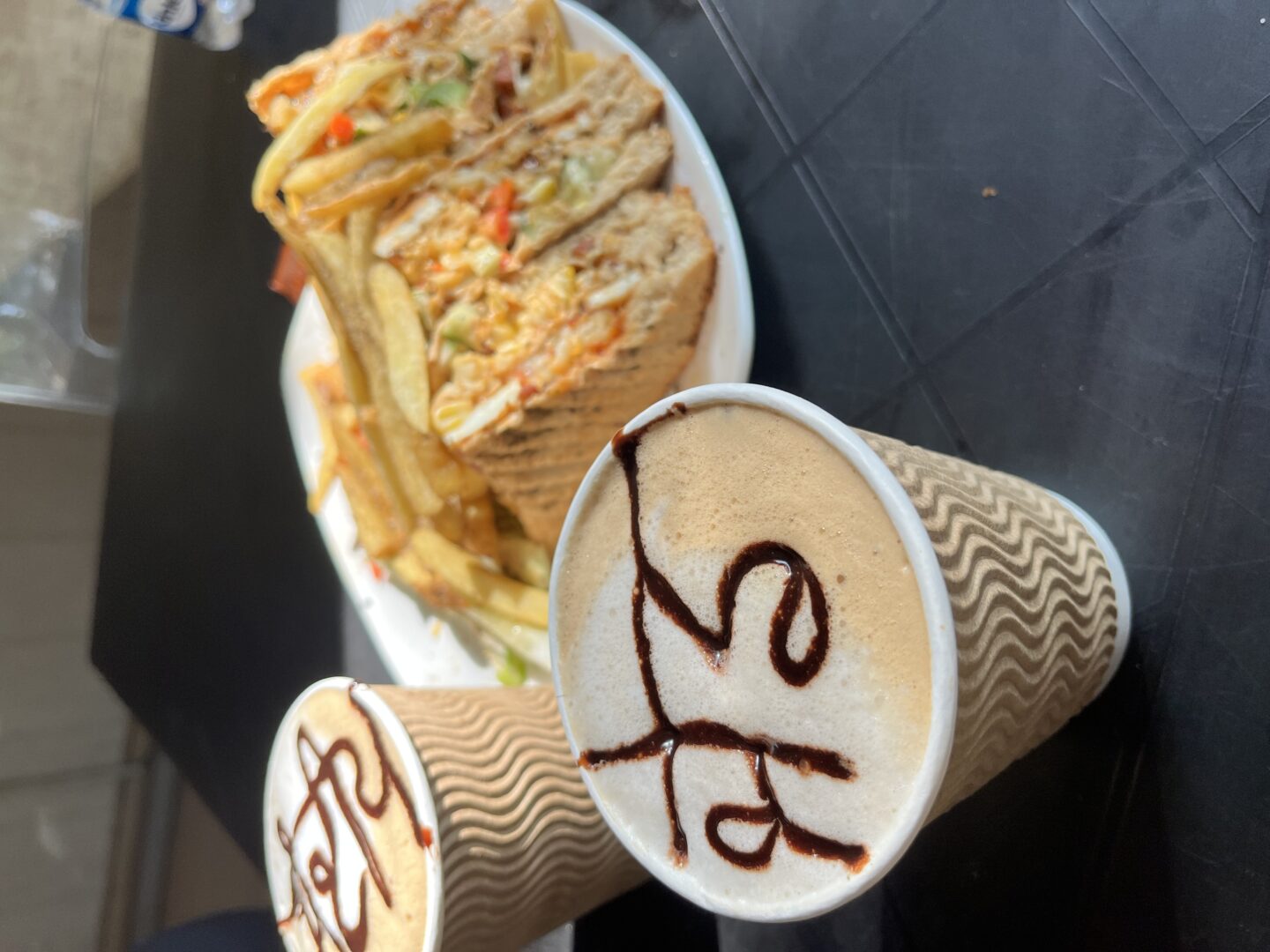
Best time to visit Anandpur Sahib
I visited at the start of February and the temperature was hot during the day (24 degrees C) and cold at night (12-14 degrees C). Summers (March-June) can be extremely hot in the plains of Punjab, and winters (Nov-Jan) can see the temperature falling to single digits. If you’d like to witness a one-of-a-kind local celebration, visit in March during the Holla Mohalla festival which is celebrated the day after Holi and commemorates the day the Khalsa was founded. You could also visit during Vaisakhi, the harvest festival.
My Itinerary
Being a digital nomad, I have to balance work with travel, hence what a tourist may be able to see in one day, I’d take two to do.
Day 1 – I left Chandigarh at around 3 PM and arrived at Anandpur Sahib at 4 PM, and after a drive around the area to find a hotel, I checked in at Temple View Inn at around 5:30 PM. I had a lot of work commitments, Zoom calls, and more that evening, so I worked from my room until well into the night. I did take an hour’s break to enjoy some chaat outside my hotel and walk through the market below.
Day 2 – Post breakfast and another spell of work, I did the 5-min walk through the village lanes to Keshgarh Sahib Gurudwara at around 10 AM. I then visited Gurudwara Akal Banga Sahib, which was the gurudwara I could see from my bedroom window. After a quick walk around the premises. I returned to the hotel, checked out, and headed out to the Virasat-e-Khalsa museum. I spent around 2 hours there and walked down the road to Brew Bakes for a deliciously filling sandwich and coffee made by the wonderful owner of the cafe.
At around 3 PM, I was on my way to Kila Raipur. More on that in my next blog post.
Follow me on Facebook, Twitter, and Instagram for more travel adventures.

Hi, beautifully written. Just a small correction: “ It was the beheading of the 9th Guru, Gobind Rai that saw his son, the 10th and last guru, Gobind Singh initiate the Khals” : THe 9th Sikh Guru was Guru Tegh Bahadur. Govind Rai was his son, who created the Khalsa in response to great injustice and oppression (not just Mughal invasions), and also to create social equality. He thus called for an abolishment of caste specific surnames and all Sikh men would henceforth carry the surname of Singh and all Sikh women would carry Kaur. Irrespective of marital status. Hence Govind Rai became Govind Singh.
Author
Hi Paramvir, thank you for reading and sharing that knowledge with me. I’ve made the corrections 🙂
Wonderful blog Jade !! I enjoyed reading it; along with your travel experience, you have covered the Sikh history of Anandpur Sahib, which is commendable .. Changalam Kama !!!
Author
Thank you, Jasbir! Your wonderful commment means a lot to me 🙂